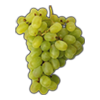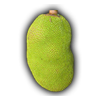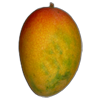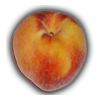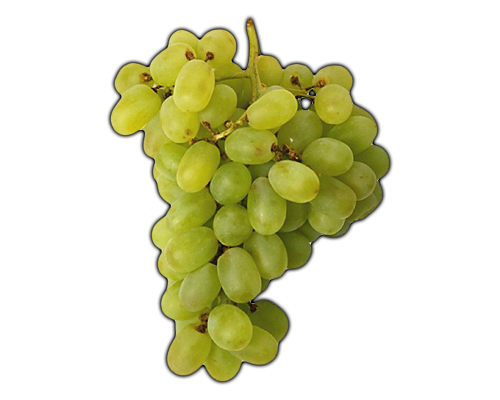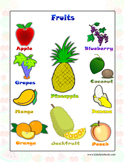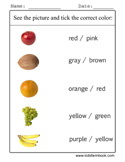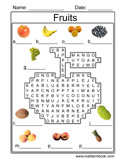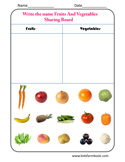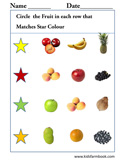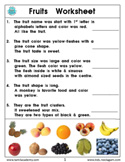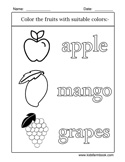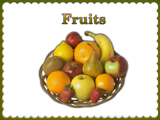DESCRIPTION:
A grape is the non-climacteric fruit, botanically a true berry, that grows on the perennial and deciduous woody vines of the genus Vitis. Grapes can be eaten raw or used for making jam, juice, jelly, vinegar, drugs, wine, grape seed extracts, raisins, and grape seed oil. Grapes are also used in some kinds of confectionery.
The domestication of purple grapes originated in what is now southern Turkey. Yeast, one of the earliest domesticated microorganisms, occurs naturally on the skins of grapes, leading to the innovation of alcoholic drinks such as wine. Ancient Egyptian hieroglyphics record the cultivation of purple grapes, and history attests to the ancient Greeks, Phoenicians and Romans growing purple grapes for both eating and wine production. Later, the growing of grapes spread to Europe, North Africa, and eventually North America.
Native purple grapes belonging to the vitis genus proliferated in the wild across North America, and were a part of the diet of many North American first peoples, but were considered by European colonists to be unsuitable for wine. The first Old World vitis vinifera purple grapes were cultivated in California where Spain had established a series of monasteries along the coasts to supply their navies with oranges to prevent scurvy and convert natives.
Grapes grow in clusters of 6 to 300, and can be crimson, black, dark blue, yellow, green and pink. "White" grapes are actually green in color, and are evolutionarily derived from the purple grape. Mutations in two regulatory genes of white grapes turn off production of anthocyanins which are responsible for the color of purple grapes. Anthocyanins and other pigment chemicals of the larger family of polyphenols in purple grapes are responsible for the varying shades of purple in red wines.
|




